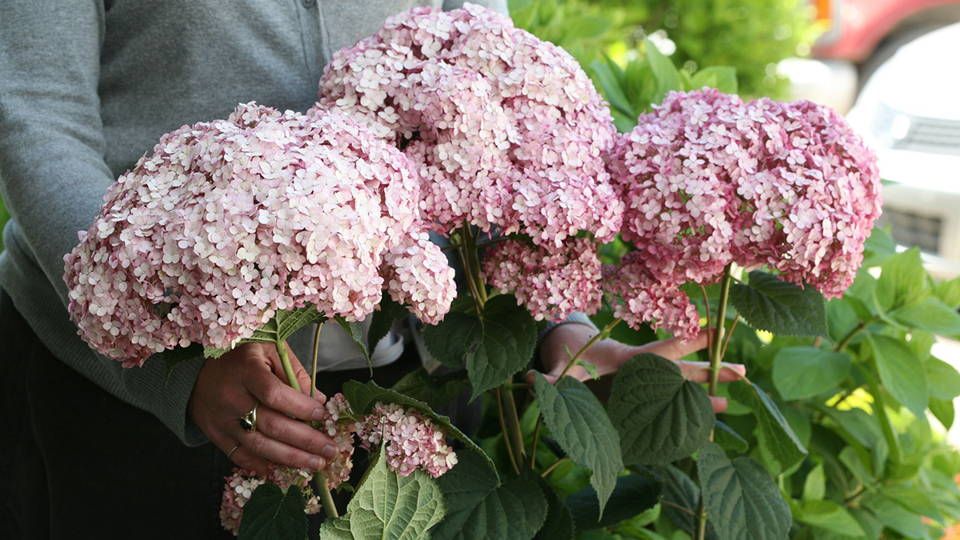7 Myths About Hydrangeas, Busted
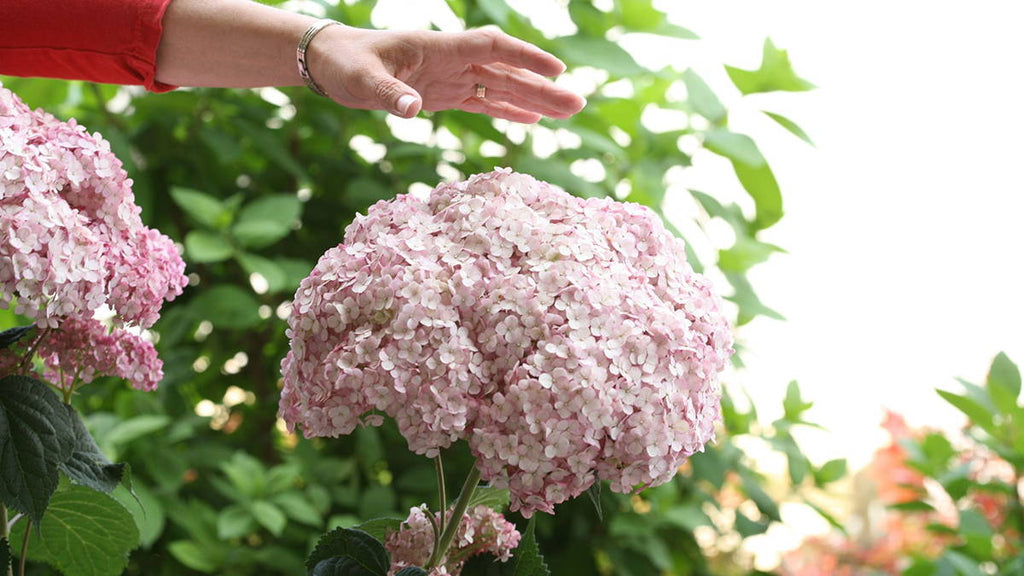
Gardeners from all over the world agree, hydrangeas are some of the most show-stopping shrubs to have in your garden. But with fame comes a price, and a slew of incorrect information about growing and caring for hydrangeas can be found in many gardening resources.
Here we bust several hydrangea myths so you are equipped with the right knowledge to get growing.
Myth #1: It's easy to change the color of hydrangea flowers with household items.
The truth: It isn't that simple or quick to change the color of hydrangea flowers, but it can be done. There are two important factors that determine the color of bigleaf and mountain hydrangeas: soil pH levels and aluminum ion availability. Both of which are influenced by the composition, organic matter, and texture of your soil. In soils that are neutral to alkaline (pH of roughly 7.0-8.5+), the aluminum ions are unavailable to your plants and your flowers will likely bloom pink or purple. However, in acidic soils (6.9 or lower), aluminum is free for plants to take up and metabolize, which turns your hydrangeas a refreshing blue. Soil pH can be adjusted using garden sulfur or ammonium nitrate, but if your soil is lacking aluminum, you may need to add some of that as well. Keep in mind - even after adjusting your soil, you may have to wait until next year's flowers to see a change in color!
There is no scientific evidence that vinegar, rusted nails, or coffee grounds can effectively change soil pH. Still, every hydrangea flower color is beautiful as is, isn't it? Learn more about changing hydrangea color HERE.
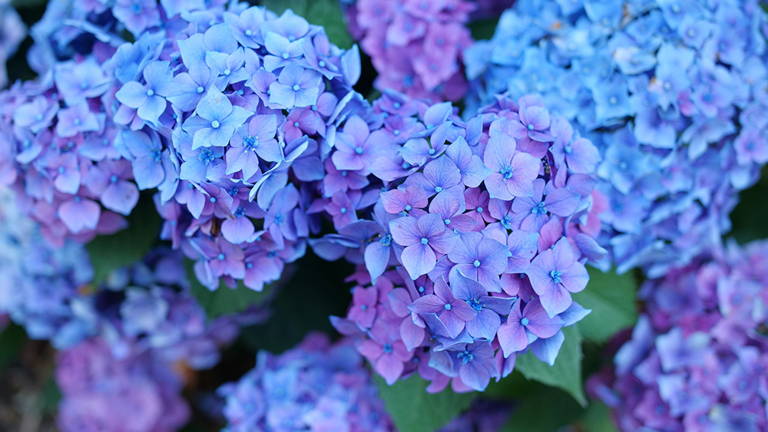
Myth #2: Hydrangeas can only grow in full sun.
The truth: Even though many hydrangea varieties thrive in full sun, most grow well in part sun, and a few can even handle full shade. It's easy to see why this shrub is so popular; it can thrive in nearly every garden! Some shade-tolerant hydrangeas include oakleaf, climbing, and false hydrangea vines. Just be sure to keep an eye on your shrubs; while these hydrangeas can handle the shade, they may show signs of flopping or stunted growth if they don't receive enough sun or filtered light. See our list of hydrangeas for shade HERE.
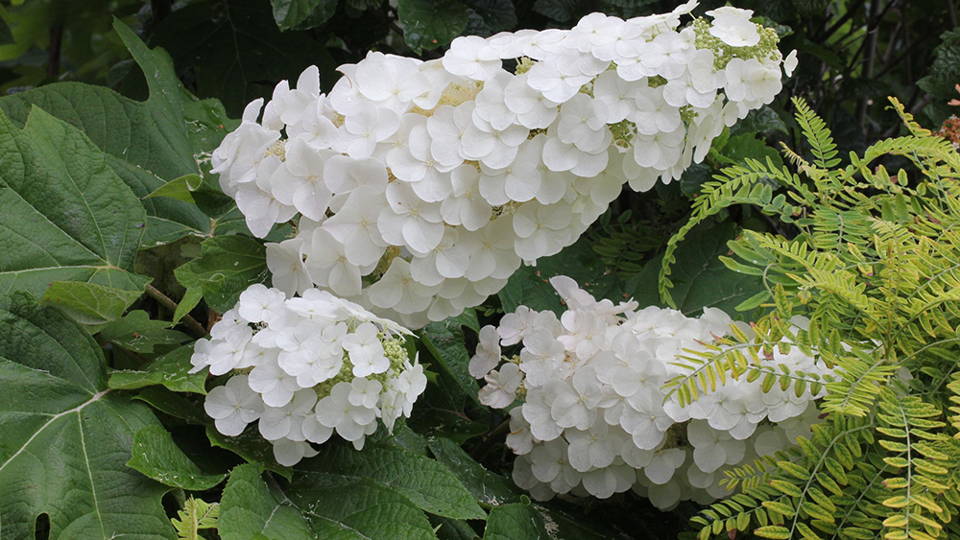
Myth #3: Adding a penny to cut hydrangeas can prevent wilting.
The truth: Adding a penny to cut hydrangea flowers, or any cut flowers for that matter, to keep cuttings fresh is a centuries-old wives' tale and is not effective. There is no evidence that adding a penny to the water can keep flowers fresh. However, you can do a few things to prep your hydrangea cuttings before placing them in a vase to prevent them from wilting. The first is dipping the stem in alum powder before placing them in room temperature water. Next is a more intense method (that actually works!) where you dip cut stems in boiling water for 15 - 30 seconds to break up any sap and create an open path for water uptake. For more hydrangea cut flower tips, visit the blog HERE.
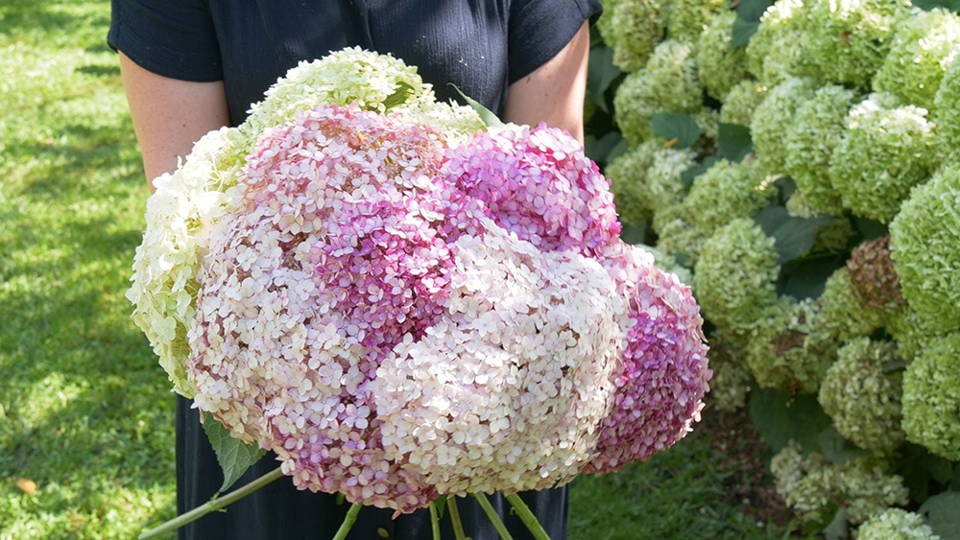
Myth #4: Every hydrangea blooms on old wood.
The truth: While many hydrangeas bloom on old wood, that isn't always the case for certain varieties. Bigleaf, oakleaf, climbing, and mountain hydrangeas bloom on old wood each year, while smooth and panicle hydrangea varieties bloom on new growth. Knowing if your hydrangea blooms on new or old wood is helpful for deciding when and where to prune. Hydrangea blooms on new wood should be pruned in early spring, while hydrangeas that bloom on old wood should be pruned after the peak season when blooms fade. Pictured below is Let's Dance Can Do!® Bigleaf Hydrangea, which blooms on both old and new wood. Learn the differences between blooming on old wood versus new wood HERE.
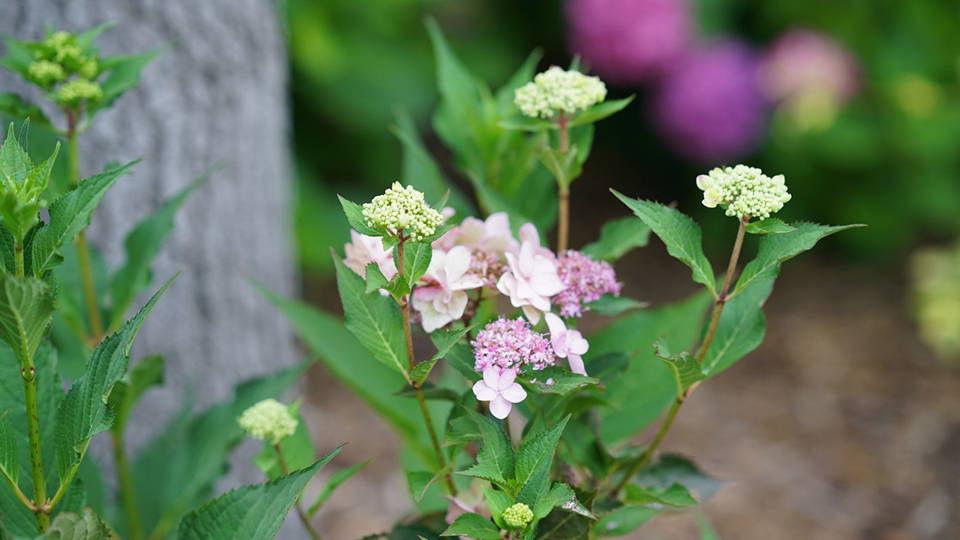
Myth #5: All hydrangeas require yearly pruning.
The truth: While some hydrangea shrubs benefit from yearly pruning, not all of them should be pruned for the best flower production. Pruning hydrangeas encourages two things: stronger stems and even more flowers - but ONLY if your hydrangea blooms on new wood! Smooth and panicle hydrangeas bloom on new wood, which means they create their flower buds in early spring after dormancy. If you prune them in late winter or early spring (by cutting back 1/3 of its height), you'll see better garden performance in the summer. On the other hand, pruning a bigleaf, mountain, oakleaf, cascade, or even climbing hydrangea can entirely ruin your hydrangea season! Because these types bloom on old wood, you would be cutting off all the precious flower buds your plants have been developing all last season. Different types of hydrangeas can require different pruning methods, so be sure to research before creating any garden maintenance schedule!
To prune: Smooth hydrangeas (H. arborescens) and panicle hydrangeas (H. paniculata).
Not to prune: Bigleaf hydrangeas (H. macrophylla), mountain hydrangeas (H. serrata), oakleaf hydrangea (H. quercifolia), cascade hydrangea, and climbing hydrangeas (H. petiolaris).
Myth #6: You can't over water your hydrangea shrubs.
The truth: Generally speaking, hydrangeas are quite the thirsty plant, but it's still possible to overwater your shrub. An overwatered hydrangea can have yellow or brown leaves and even slightly mushy flowers. After establishing your hydrangea, a good rule of thumb is to water three times a week throughout the summer. This is best done in the morning, as it gives an opportunity for water to drain into the soil before the hot sun emerges and to give the leaves plenty of time to dry off before nightfall.
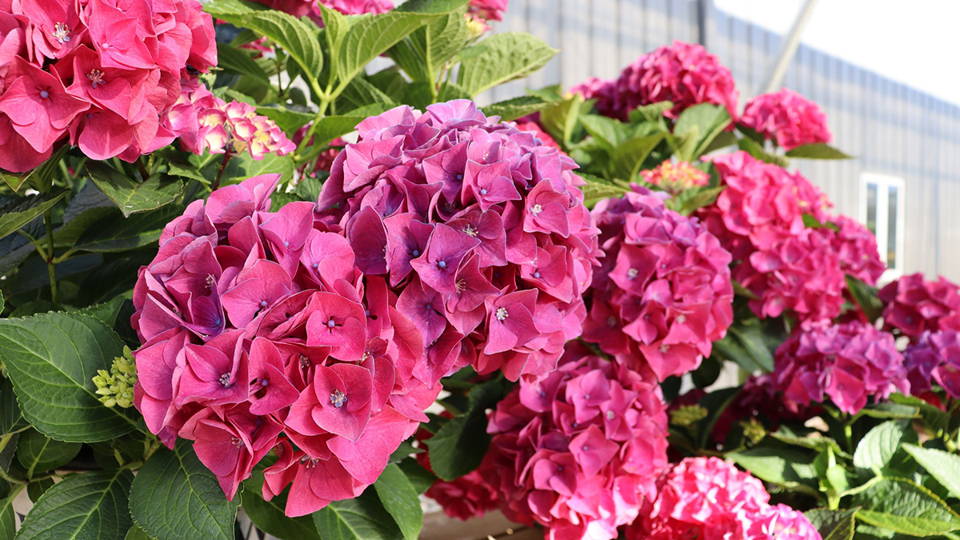
Myth #7: Hydrangeas are difficult to grow.
The truth: Hydrangeas are incredibly colorful, vibrant, and showy shrubs, giving the appearance that they may require a lot of maintenance. But this is the furthest from the truth! If you keep the soil consistently moist and plant them in an area with proper light, hydrangeas thrive with little care year after year. They are heat tolerant, cold tolerant, and resistant to disease and most pests. View our grow guides for the different types of hydrangeas HERE.
